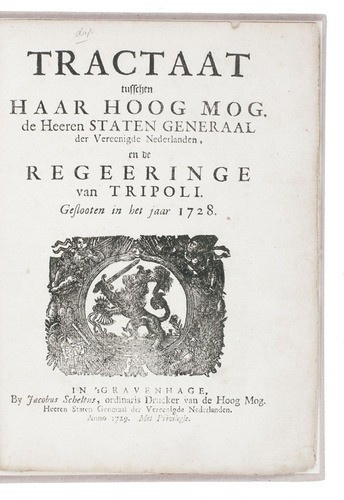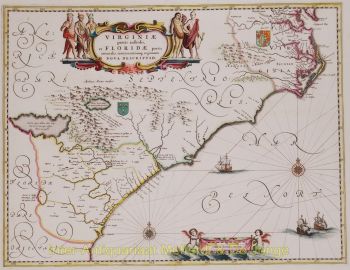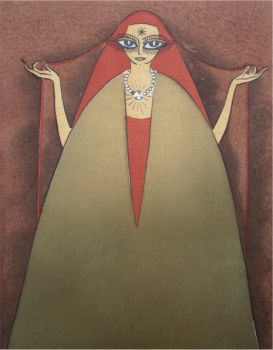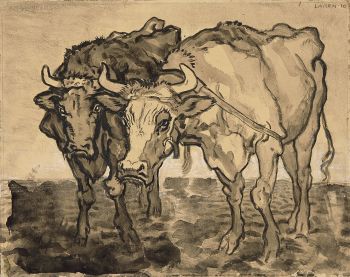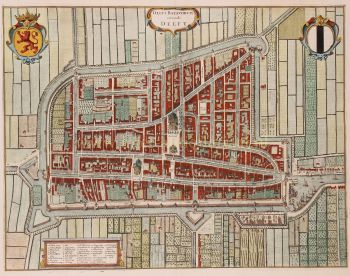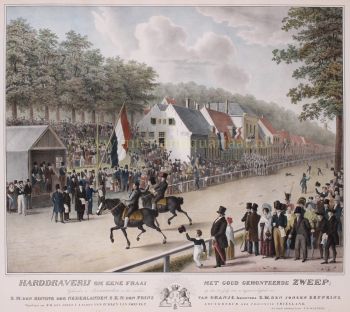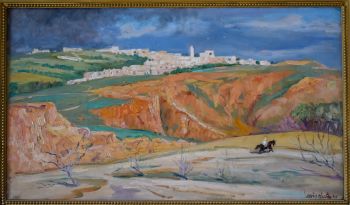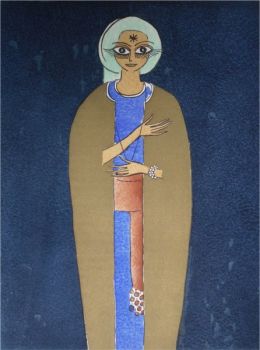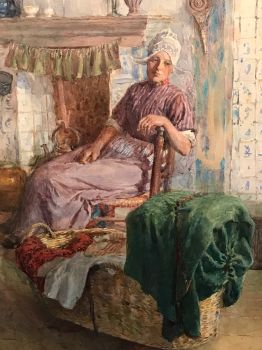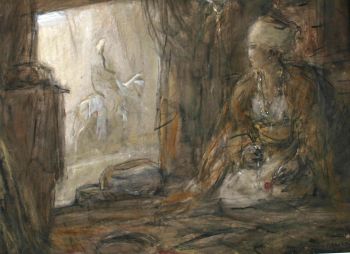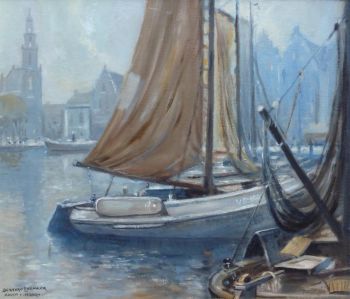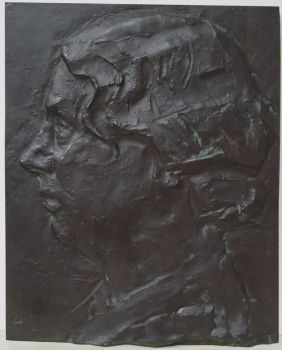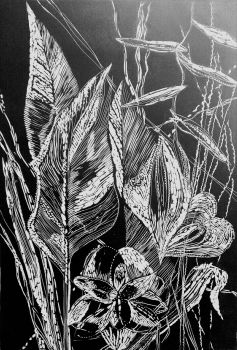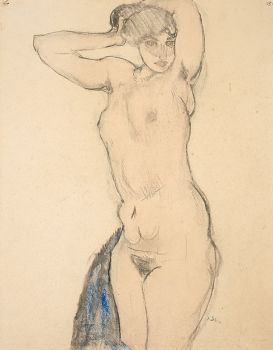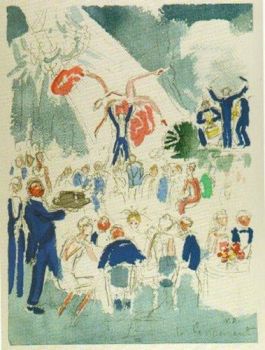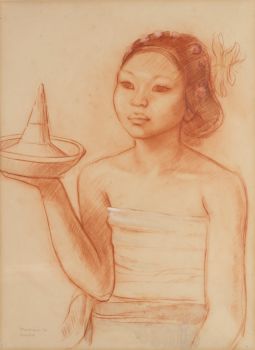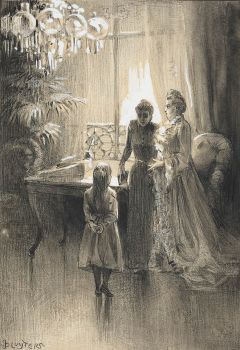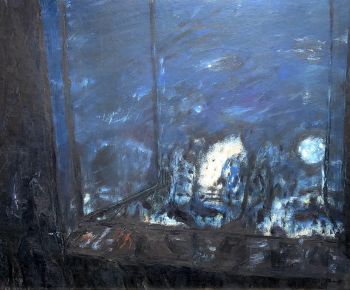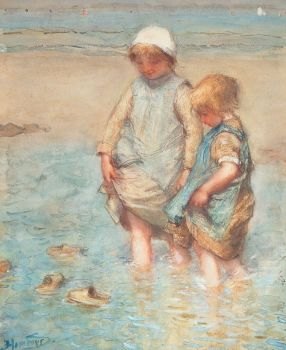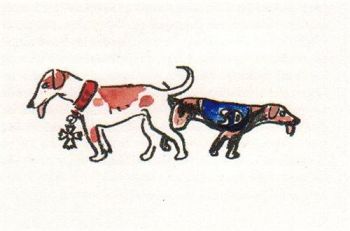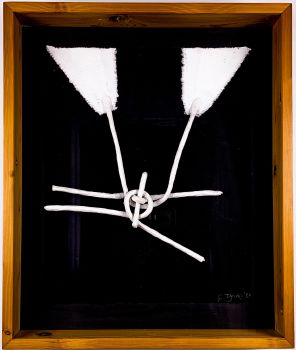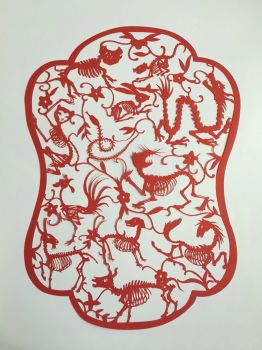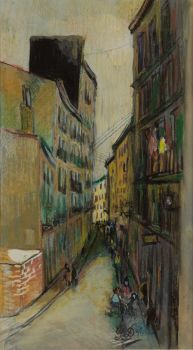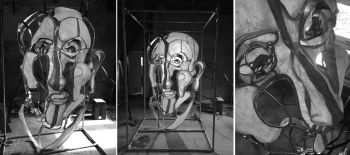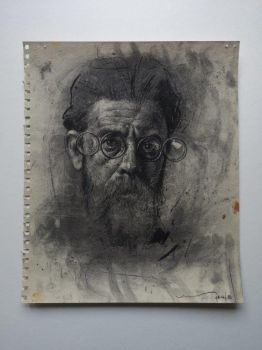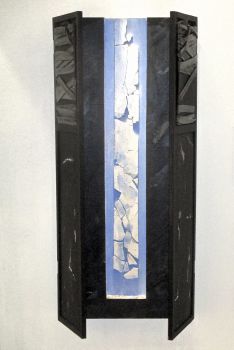1728 treaty between the Dutch Republic and the semi-autonomous state of Tripoli 1728
Unknown artist
InkPaper
Currently unavailable via Gallerease
- About the artworkTractaat tusschen haar hoog mog. de Heeren Staten Generaal der Vereenigde Nederlanden, en de regeeringe van Tripoli. Geslooten in het jaar 1728.
The Hague, Jacobus Scheltus II, 1729. 4to. Modern paper-covered boards.
First edition, published in Dutch translation, of a treaty signed between the Dutch States General and Pasha Ahmed Karamanli (1686-1745), Turkish Muslim leader of the semi-autonomous state of Tripoli since 1711, when he killed the Ottoman governor and took the throne. The treaty, in 13 articles, guarantees the safety of Dutch ships trading at Tripoli and their crews (even when shipwrecked), sets restrictions on taxes (military supplies such as gunpowder, lead, iron, cannonballs and ships' masts are exempted). The governor of Tripoli is to see to it that the whole city is warned when one of the Dutch States General's ships drops anchor, so that all who own slaves can keep an eye on them to ensure they do not flee to the ship. Merchants under Dutch authority, whether Christians or Jews, are to be allowed to reside in the city unhindered, except for taxation.
In very good condition and untrimmed.
Knuttel 16776; for the treaty: A.H. de Groot, "Ottoman North Africa and the Dutch Republic ...", in: Revue de l'Occident Musulman ..., 39 (1985), pp. 131-147, at p. 144. - About the artist
It might happen that an artist or maker is unknown.
Some works are not to be determined by whom it is made or it is made by (a group of) craftsmen. Examples are statues from the Ancient Time, furniture, mirroirs, or signatures that are not clear or readible but as well some works are not signed at all.
As well you can find the following description:
•“Attributed to ….” In their opinion probably a work by the artist, at least in part
•“Studio of ….” or “Workshop of” In their opinion a work executed in the studio or workshop of the artist, possibly under his supervision
•“Circle of ….” In their opinion a work of the period of the artist showing his influence, closely associated with the artist but not necessarily his pupil
•“Style of ….” or “Follower of ….” In their opinion a work executed in the artist’s style but not necessarily by a pupil; may be contemporary or nearly contemporary
•“Manner of ….” In their opinion a work in the style of the artist but of a later date
•“After ….” In their opinion a copy (of any date) of a work of the artist
•“Signed…”, “Dated….” or “Inscribed” In their opinion the work has been signed/dated/inscribed by the artist. The addition of a question mark indicates an element of doubt
•"With signature ….”, “With date ….”, “With inscription….” or “Bears signature/date/inscription” in their opinion the signature/ date/ inscription has been added by someone other than the artist
Artwork details
Related artworks
- 1 - 4 / 12
Antonie Derkinderen
Memory book Exhibition of Dutch Painting1892
Price on requestKunsthandel Pygmalion
Engelbert Kaempfer
ENGELBERT KAEMPFER BOOK1651 - 1716
Price on requestZebregs & Röell - Fine Art - Antiques
Tilmanus Nicolaus Maastricht
Missale Romanum with Dutch silver mounts1788 - 1792
Price on requestJacob J. Roosjen SRI
Engelbert Kaempfer
ENGELBERT KAEMPFER BOOK1651 - 1716
Price on requestZebregs & Röell - Fine Art - Antiques
Hermann Nitsch
"UNDER MY SKIN" Signed book incl. small artwork and DVD in a matching box2010 - 2014
Price on requestGallerease Selected
Tilmanus Nicolaus Maastricht
Missale Romanum with Dutch silver mounts1788 - 1792
Price on requestJacob J. Roosjen SRI
Yoko Ono
YOKO ONO: "ARISING" SIGNED BOOK PLUS SMALL ARTWORK 2010 - 2014
Price on requestGallerease Selected
1 - 4 / 22Elisabeth Treskow
Afghan lapis lazuli inlaid with gold on a silver stand1950 - 1960
Price on requestJacob J. Roosjen SRI
Bernard Leemker
'Volendammer vissersboten in de haven van Hoorn´20th century
Price on requestGalerie Gabriëls
Lambertus Zijl
Portrait of Juliana, queen of the Netherlands (1948-1990)1900 - 1950
Price on requestKunsthandel Pygmalion
1 - 4 / 24Theo Meier
“A Balinese woman with offerings”1936
Price on requestZebregs & Röell - Fine Art - Antiques
1 - 4 / 24

